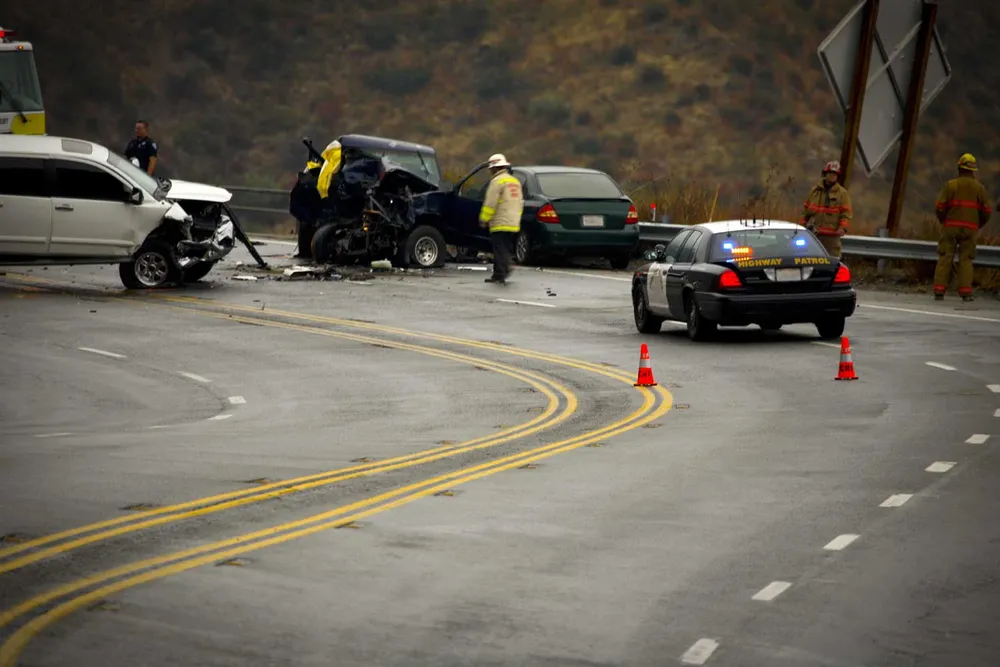Fault and liability are at the heart of every car accident case. Determining who is responsible directly impacts insurance payouts, lawsuits, and compensation for damages. But how do courts and insurers decide fault? This article breaks down the legal principles, evidence, and processes that define liability in car accidents.
How Fault Is Determined
Fault is established by evaluating evidence such as:
-
Police reports
-
Eyewitness statements
-
Photos and videos from the scene
-
Traffic laws (e.g., right-of-way violations)
In many cases, accident reconstruction experts may be involved to analyze how the crash occurred.

Negligence and Legal Responsibility
Most fault decisions come down to negligence—the failure to exercise reasonable care while driving. Examples include:
-
Distracted driving
-
Speeding
-
Running red lights
-
Driving under the influence
When a driver’s negligence causes harm, they are legally liable.
Comparative vs. Contributory Negligence
Different states apply different systems:
-
Comparative negligence: Damages are reduced based on each party’s percentage of fault.
-
Contributory negligence: If the victim shares any fault, they may be barred from recovery.
Knowing which rule applies in your state is essential for building a strong claim.
Insurance Company Investigations
Insurers review accident reports, statements, and evidence to assign fault. However, insurers have financial incentives to reduce payouts, which can lead to disputes. This is where legal representation becomes valuable.
Court Determination of Fault
If a claim goes to trial, judges or juries examine evidence and expert testimony to decide liability. Court decisions often provide clearer outcomes than insurer determinations.
Conclusion
Understanding fault and liability in car accidents helps victims anticipate challenges, prepare evidence, and protect their rights. With clear knowledge of negligence laws and state rules, accident victims can better pursue fair compensation.





